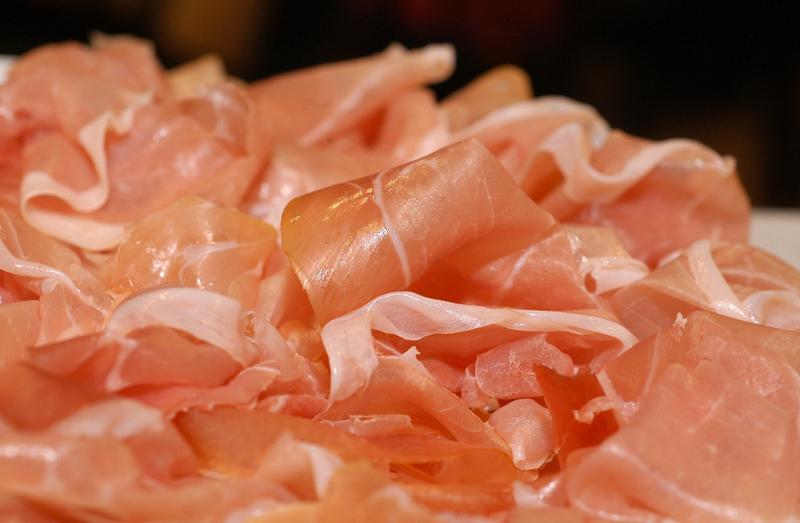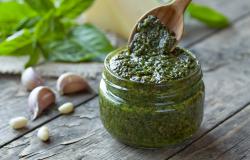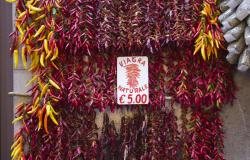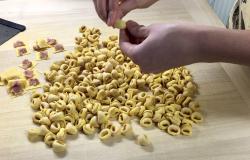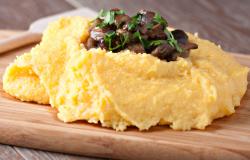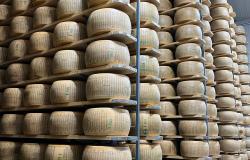The Romans were familiar with the secrets of producing a fine ham; they knew that the low humidity, gentle breeze and the climate near the Northern Italian Alps was ideal for meat preservation. Even before them, the Etruscans believed these conditions to be so perfect that they actually improved the quality of the meat itself.
But it was actually the Gauls who refined the process and it is their legacy that continues today in the traditional processes of producing a prosciutto crudo, a fine delicacy that is held in high regard by the Italian people. To this day, very little has changed in the process of taking a raw haunch and turning it into a delicious ham.
The air-dried hindquarters of a pig have been treasured since ancient times, with the Italian word for ham, prosciutto, deriving from the Latin perexsuctus, which means ‘deprived of liquid’; however, some experts say the word comes from the Italian verb prosciugare (to drain).

For years connoisseurs of good food have always considered ham to be the best part of the pig and debates still remain unresolved about which of Italy’s two most famous hams, Prosciutto di Parma (Parma ham) and Prosciutto di San Daniele, is the best. Both of these famous hams are registered DOP Denominazione d’Origine Protetta (Protected Designation of Origin) products and have had this protected status for many years; to retain this accolade, they must continue to meet stringent standards and must be produced within a strict geographic area dictated solely by the European Union.
Prosciutto di Parma
To qualify to become a Parma ham, the hind thigh must come from a nine-month old pig bred in one of the eleven EU-stipulated regions and weighing no less than 150kg. The pig must have been fed a carefully regulated diet of cereal, grain and, importantly, whey that has been produced during the production of Parmigiano-Reggiano (Parmesan) cheese.
The legs are trimmed and marked with a certification of authenticity before being sent to one of the traditional curing houses that centre around Langhirano, in the Parma region.
Salt is the only ingredient used during the curing of Parma ham and the use of any chemicals is forbidden. After the first salting, the ham is stored inside a chilling chamber with an 80% humidity and hung for 7 days; following this, the ham receives a second salting and then is hung in a drying chamber where it loses around 4 percent of its weight.

Eighteen days later, the ham ‘rests’ at 75% humidity in a cold room for a further 70 days before being washed to remove the salt and then hung in vast rooms on specially manufactured wooden frames called scalere. After a further three months of being subjected to aromatic natural breezes, the hams are slathered with sugna, a mixture of lard, salt and pepper to prevent drying too rapidly, and, after a seven-month period, the ham is tested with a porous needle carved from the leg bone of a horse to determine its maturity. Once a twelve-month period has elapsed and the ham has reduced its weight by a third, it is then eligible to receive its Ducal Crown stamp of authenticity.
Prosciutto di San Daniele
This premium ham has been produced for centuries in San Daniele and Sauris in Friuli-Venezia Giulia’s northern-eastern region around Udine. The salty, sweet ham differs from Parma ham, which only uses the thigh, by using the whole leg including the trotter.
The small black pigs that are fed a diet high in acorns, which experts say gives it its unique flavor, are specially reared in San Daniele to produce short plump hindquarters rather than wide, fat ones.

The process of curing is similar to that of Parma ham, but less salt is used to produce a redder, sweeter tasting ham, which, according to some prosciutto aficionados, when acquainted with the higher altitude and drier air, produces a superior quality product to the Parma ham. But in truth it really is all down to individual taste.
Every Italian region produces its own prosciutto, and whether you’re eating a salty Tuscan, prosciutto toscano, or a non-salty Umbrian, prosciutto di Norcia, you can guarantee that the quality and flavour will have been well worth taking time to produce.
